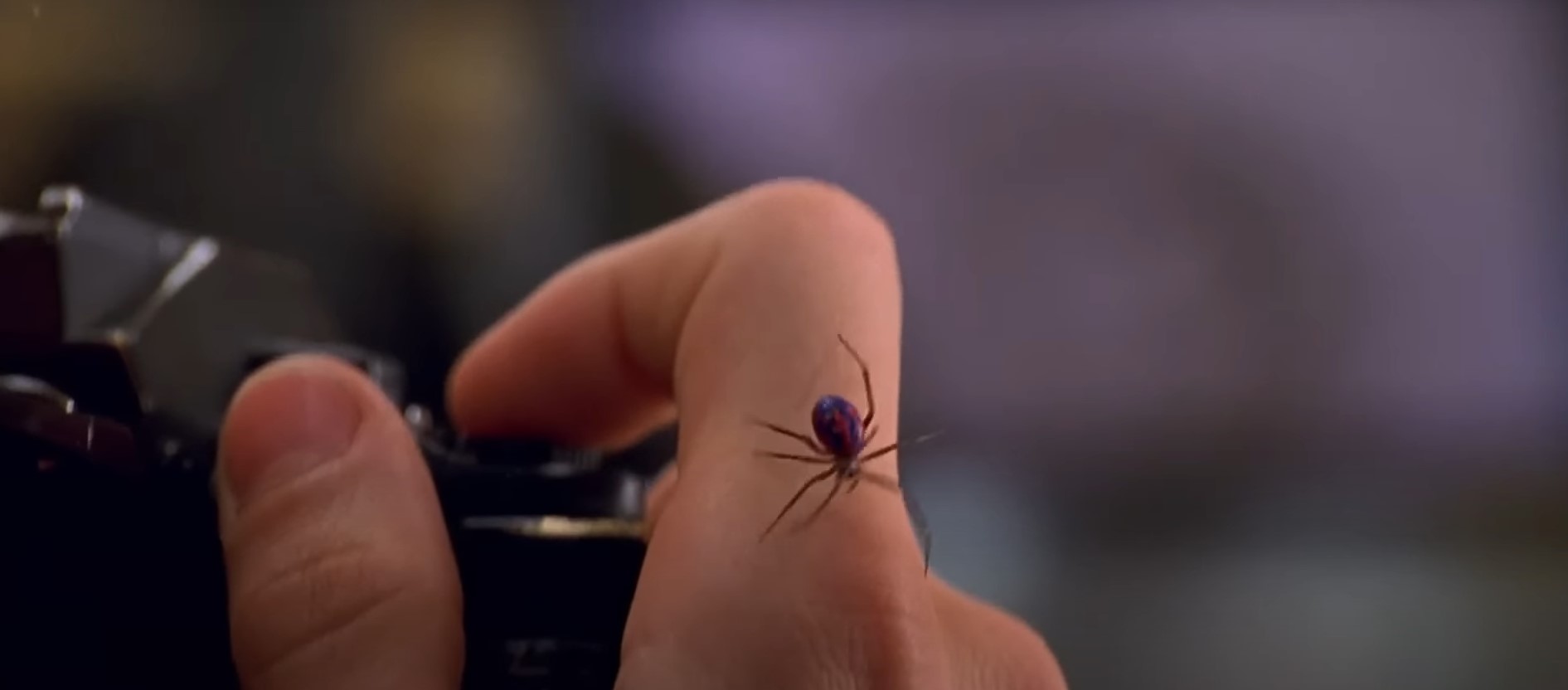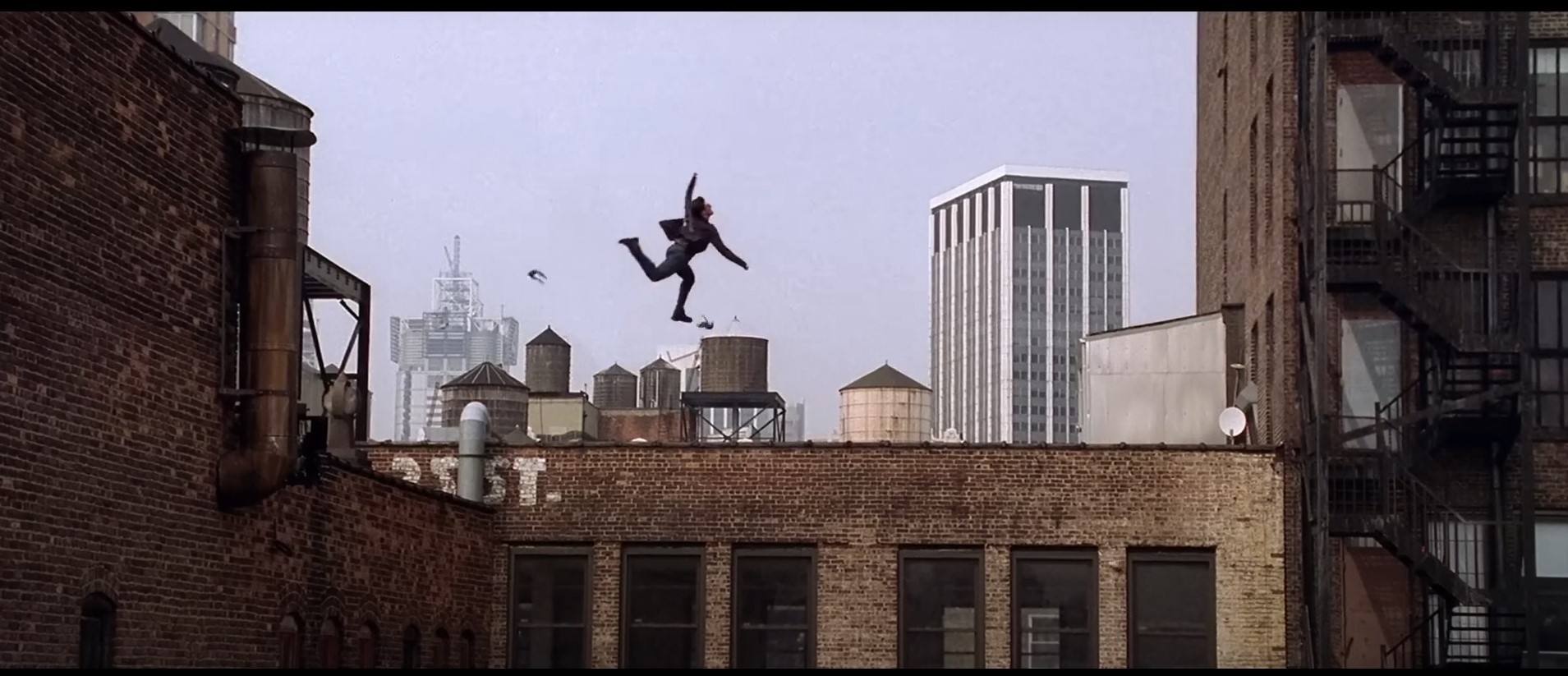In the movie Spider-Man, we analyze whether it is scientifically possible for Peter Parker to gain superpowers from a spider bite, using biological principles and genetic modification techniques. It explores whether Spider-Man’s abilities could be realized in the real world, and includes a discussion of whether advances in genetic engineering could open the door to such possibilities.
The “Spider-Man” series has been a phenomenal hit in theaters and opens with the main character, Peter, being bitten by a genetically engineered spider. He becomes Spider-Man and gains a number of superpowers, including the ability to shoot webs, climb walls, and jump high, all of which help him become America’s newest hero. Along the way, Peter uses his powers to fight crime and grow into a true hero. But despite Spider-Man’s popularity and intriguing storyline, how realistic are his powers? Peter’s superpowers are similar to what spiders can do in nature. After Peter was bitten by a spider, he became a spider-man who could perform spider-like behaviors. But can a bite really make a person act like a spider? In this article, we’ll focus on Spider-Man 1, the beginning of the series, to see how feasible it really is.
First, let’s take a look at the changes that occur in Peter’s body immediately after being bitten by a spider. In Spider-Man 1, we see Peter’s genes merge with the spider’s genes when he is bitten by the spider. The spider’s genes are transferred to Peter, and they become one. In biology, when a gene from one organism is inserted into the gene of another organism, it is called transgenesis, and the transgenic organism is commonly referred to as a genetically modified organism. Therefore, Peter, with the spider’s genes, is a kind of genetically modified organism, specifically a genetically modified human.

Let’s look at Peter’s transformation a little more closely. In the movie, after the spider’s and Peter’s genes are merged, Peter’s skin sprouted hairs like those on the spider’s body, and his hands grew webs. However, it is scientifically incorrect for Peter’s body to take on spider-like characteristics immediately after the introduction of the gene. Consider the basic structural unit of our bodies, the cell. Each cell contains DNA, which is the genetic material, and genes are contained in DNA. Genes are instructions that contain information to synthesize the substances the body needs, and when genes are altered, different substances are synthesized than before the alteration. The human body starts with a single cell (the initial cell). As that cell divides, the number of cells increases until you become an adult with tens of millions of cells, each of which has the same DNA and genes as the initial cell. If the human body’s genes are altered at the early cell stage, the result of cell division will be a genetically modified human being made up of genetically modified cells. However, Peter’s case is different. Peter is an adult whose normal early cells have divided and grown. It doesn’t mean much if one or two of his cells are genetically modified by the spider’s genes. Other cells are synthesizing normal substances to supply the body.
If one or two of the spider’s altered cells divide and increase in number, this could certainly make a difference to Peter’s body. However, in order for Peter to have a spider-like body structure, the genetically modified cells would need to be spread throughout his body, which means that cell division would take a considerable amount of time, and it would take several years after the spider’s genes were introduced into Peter’s cells for the changes to occur. Furthermore, the human body is immune to anything that is different from what it is used to, so it is likely that the body’s immune system would destroy the genetically modified cells before they could spread throughout the body over a long period of time. In other words, the movie’s initial premise of Peter and the spider’s genes merging to create Spider-Man is inconsistent with scientific fact.
But let’s say that in the future, when genetic engineering is more advanced, it is possible to create a Spider-Man. Suppose that genetically modified cells were developed that could evade the body’s immune system, or that the spider’s genes were simultaneously introduced into cells throughout the body, spreading the genetically modified cells throughout the body in a short period of time. Science and technology are advancing faster than we can imagine, and at this rate, things that are impossible today may be possible in the future. However, despite the possibilities, we cannot overlook the side effects and ethical issues that such genetic modification would bring to humans. For example, modifying human genes can lead to unexpected mutations, which can cause serious health problems. There is also a need to discuss the social implications of human genetic modification.

In this case, are the changes in Peter’s body and abilities believable? In the movie, the first change to Peter’s body is the sprouting of numerous hairs on his body. These hairs represent the hairs on a spider’s body, especially on its legs. The hairs on a spider’s legs provide a lot of friction as it moves. These hairs allow the spider to crawl not only on the ground, but also on walls and ceilings without falling off. Given that Spider-Man is able to climb buildings and not fall from the ceiling, we can assume that the hairs on Spider-Man’s body not only look like those of a spider, but also serve the same purpose.
However, Spider-Man wears clothes, so his hairs don’t have the same function. This is because the hairs on his body can’t penetrate his trademark red and blue spandex costume. Span is short for spandex, which is a highly elastic fiber material. Spandex has a strong tendency to return to its original shape and is not easily pierced by external substances, so the protagonist’s hair cannot penetrate it either. Therefore, when Spider-Man wears the costume, most of his hair is not exposed to the outside world, and while some hair on his hands is exposed, his hands are a very small part of his body. Given his weight, it’s difficult for him to support his entire body using only the friction of his hands and the surfaces they touch, so unless he’s naked, Spider-Man wouldn’t be able to scale the walls and ceilings of buildings.
Another change to Spider-Man’s body is the ability to shoot webs from his hands. Just as webs come out of a spider’s ass, they come out of Spider-Man’s hands. This is because the altered genes have instructed his hands to synthesize webbing, which is entirely possible since Peter is a genetically engineered human with spider genes. Peter uses these webs as a swing to move between buildings, and sometimes he even wraps them around a person falling from a height and lifts them up. Spider silk is actually a strong and elastic biomaterial. It has a similar strength to nylon and is five times stronger than steel, so it’s not hard to imagine Spider-Man using it to swing from building to building, or MJ using it to rescue someone falling from a building. The web’s elasticity may have played a role in bringing the falling MJ to safety without too much impact.

Along with webs, Spider-Man’s ability to fly from building to building is also due to his athleticism. In the movie, we see that after being bitten by a spider, the hero’s athleticism, especially his jumping ability, is greatly improved. This seems to be a trait borrowed from some spiders, such as the kangaroo spider, which can jump several times its own height. The reason they are able to jump so high is due to hydropneumatics. When a tarantula flexes its legs, the blood pressure in its legs increases, and when the blood pressure goes above a certain threshold, the tarantula extends its legs to reduce the pressure in its legs and jumps up. Since spiders don’t have muscles, using blood pressure regulation makes sense, but Peter’s body is different. Peter’s body has muscles, and it is unlikely that genetic modification would change his muscle mass. If Peter’s muscles were removed by genetic modification, he would not be able to maintain his human shape. Even after genetic modification, it’s the amount of muscle that determines Peter’s athleticism, and that amount hasn’t changed, so becoming Spider-Man doesn’t change the character’s athleticism in any significant way.
Peter’s reflexes and resilience are also greatly enhanced. In the movie, after Peter is bitten by a spider, he finds that his abilities become more and more powerful. This can be based on the assumption that his nervous system has been modified to resemble that of a spider. Indeed, spiders have very fast reflexes, which is why they have a high success rate in hunting. However, the human nervous system is fundamentally different from that of a spider, so it’s not realistic to expect a dramatic improvement in reflexes like Peter’s.
As you can see, Spider-Man is scientifically incorrect from the initial assumption that human genes would merge with spider genes. However, if advances in genetic engineering make it possible for genetic modification to occur in the body of an adult Peter, it may be possible for a human to become a hairy, web-spinning Spider-Man, but don’t expect to see a hero like the movie’s Spider-Man. You won’t be able to jump from building to building like Spider-Man in the movies, you’ll have to be barefoot to climb buildings, and you’ll have to be good at weaving through crowds and shooting webs or else you’ll get called names. Finally, the colorful hero portrayed in the movie is just a figment of our imagination, and it’s unlikely that a hero like Spider-Man could be created in real life, even if spider genes were introduced into humans. That’s why “Spider-Man” is still a fantasy that people can enjoy.
 I’m a blog writer. I want to write articles that touch people’s hearts. I love Coca-Cola, coffee, reading and traveling. I hope you find happiness through my writing.
I’m a blog writer. I want to write articles that touch people’s hearts. I love Coca-Cola, coffee, reading and traveling. I hope you find happiness through my writing.